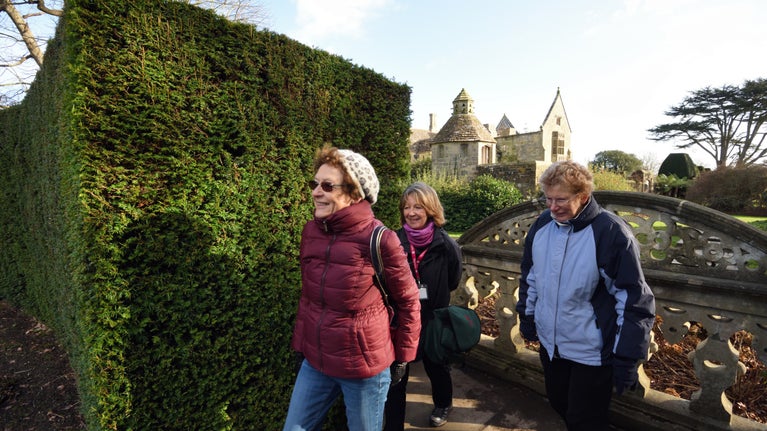
Where will you visit next?
Discover lots of gardens, historic houses, days out at the coast and more.
Discover gardens, forts and a windmill on the Isle of Wight – not to mention 17 miles of beautiful coastline and more than 5,000 acres of countryside. Find out what to see and do on this treasure island.
One of the Island's favourite beaches and biggest expanses of open downland

Beautiful open downland,sheer chalk cliffs and dramatic sea views

Victorian coastal defence and secret rocket testing site perched high above the Needles Rocks

A quiet backwater with a busy Medieval past, now bursting with wildlife and a town hall with no town...

Dramatic chalk cliffs and open downland with coastal views, military history and wildlife.

The only surviving windmill on the Isle of Wight

Enchanting gardens set in a sheltered valley and surrounded by rolling downland
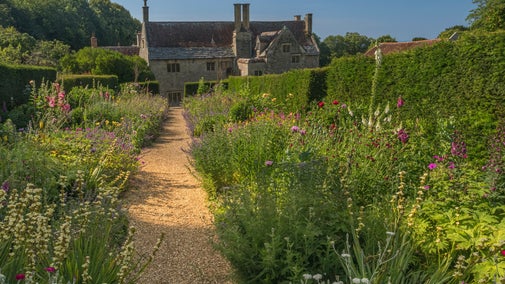
Paths wind through ancient oak woodland with sunny glades
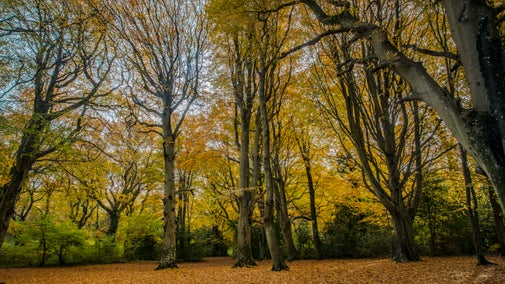
A wild rocky coast with jutting cliffs, a windswept down and sheltered wooded valley

Sand dunes with a royal history and great coastal views
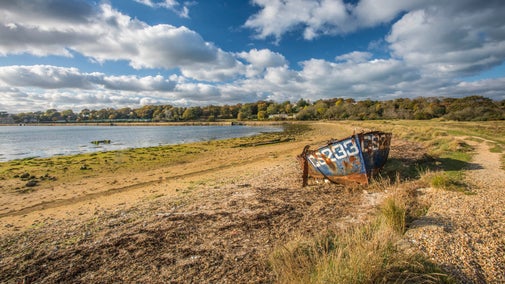
An impressive flank of open downland

Dramatic views from the highest point on the Island

Embrace the quiet beauty of Newtown this winter with a guided walk through its peaceful meadows and winding creeks. Discover the remarkable over-wintering birds, and enjoy the seasonal sights and sounds of this special place.
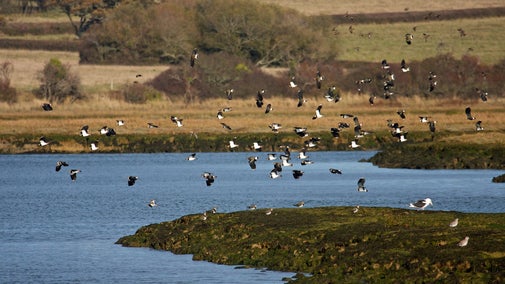
Step away from the hustle of modern life and join us for a guided wellbeing walk through the stunning Newtown National Nature Reserve. This gentle walk is designed to help you connect with nature on a deeper level, with opportunities for mindfulness, meditation, and sensory experiences along the way.

Various dates throughout the spring and summer. Join award-winning Wight Coast Fossils for guided walks at Compton Bay and discover evidence for dinosaurs once roaming the Island.

Step into the peaceful woodland of Borthwood Copse on Sunday 18 January and be part of a simple act that makes a big difference. From 1pm to 2.30pm, together with the Youth Trust and the Mason Foundation we’ll come together for a community litter pick, helping to keep this much-loved place beautiful for everyone who visits, and for the wildlife that calls it home.

Discover the highlights of Bembridge Windmill, the last surviving windmill on the Isle of Wight. Climb to the top, play in the Mud Bakery or make friends with a tree in the grounds.

The Shack was a neat, compact retreat for 1930s architects Seely & Paget where they designed projects like Eltham Palace. It is still furnished as it would have been in their time.

Bembridge Fort is an unrestored Victorian fort set on dramatic chalk cliffs. You can see the outside of this fascinating example of military architecture on a walk around Bembridge and Culver Downs.

Explore the defensive site that helped protect a nation from invasion. See guns, underground tunnels and the secret rocket testing site plus views across the Solent.

Our holiday cottages are set in scenic locations, by rugged coastline and wild countryside. Bring your dog along for the adventure in one of nearly 300 dog-friendly cottages.
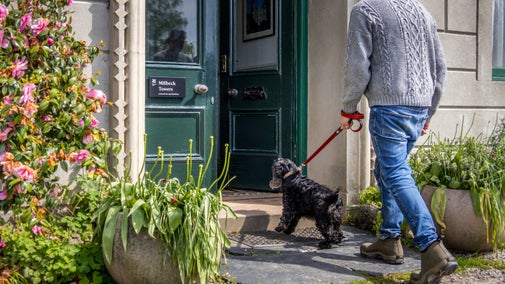
Join the Isle of Wight Association to get involved in local events, meet like-minded people and support the upkeep of National Trust places.

Join us for a gentle afternoon caring for Borthwood Copse and come and join our Community Litter Pick.
Embrace the quiet beauty of Newtown this winter with a guided walk through its peaceful meadows and winding creeks. Discover the remarkable over-wintering birds, and enjoy the seasonal sights and sounds of this special place.
Reconnect with Nature at Newtown National Nature Reserve
Various dates through out the year. Join Wight Coast Fossils at Compton Bay and travel back in time 130 million years to the Cretaceous period as you discover the fossils of the Compton coast.

Discover lots of gardens, historic houses, days out at the coast and more.